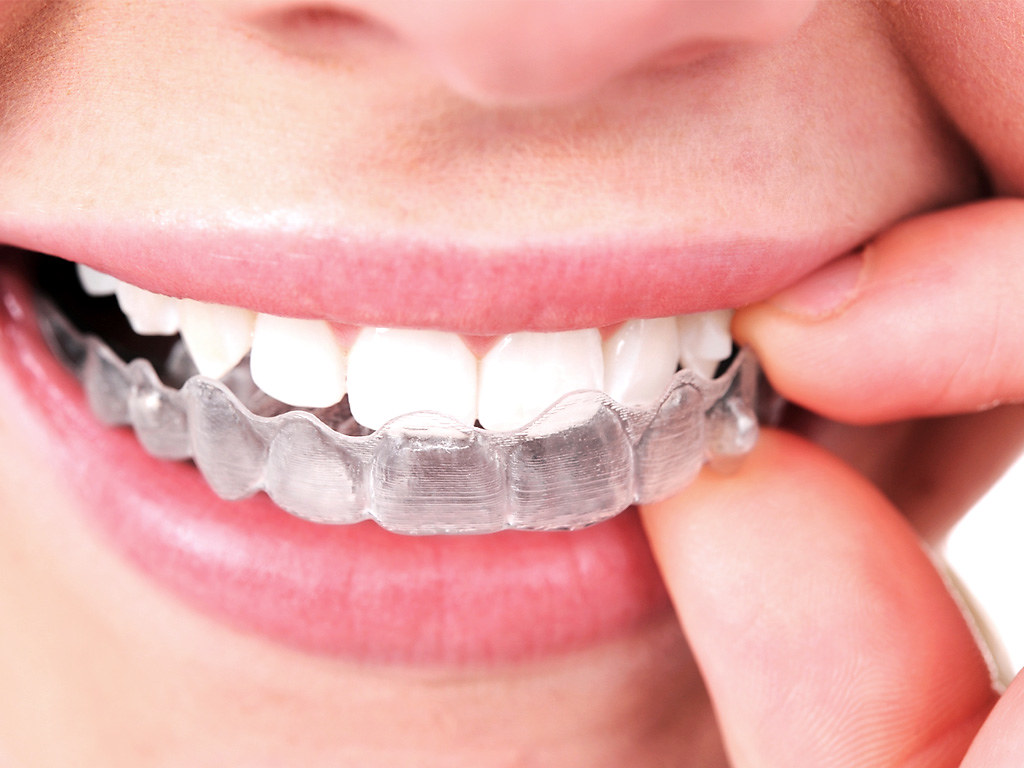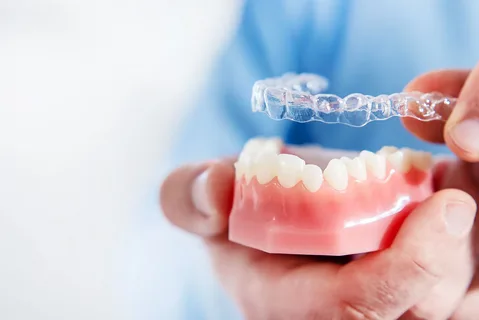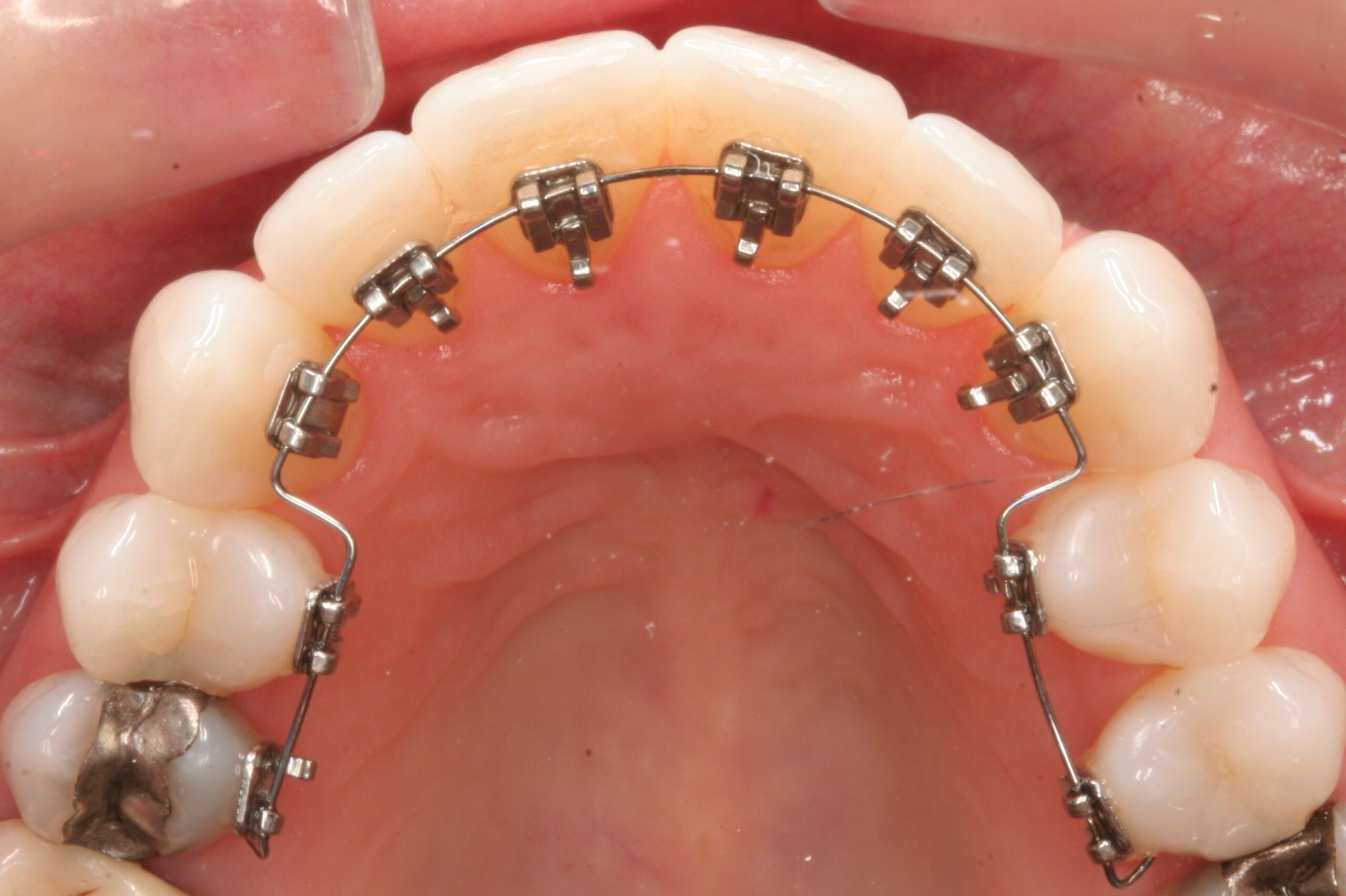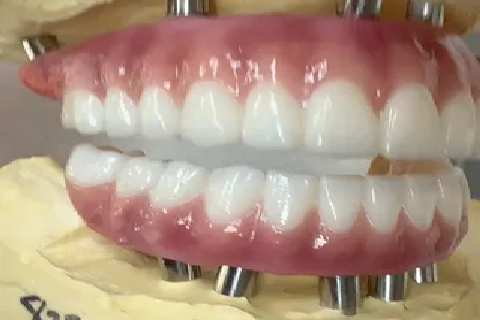TREATMENTS
Invisible Braces Treatment in Lahore
Invisible Braces
Invisible braces refer to orthodontic devices that are designed to straighten teeth without the traditional use of metal brackets and wires. These types of braces are often preferred by individuals who desire a more discreet and aesthetically pleasing option for orthodontic treatment. Here are some key points about invisible braces

- Functional Impairment
- Aesthetic Concerns
- Speech Difficulties
- Preventing Tooth Migration
- Preserving Bone Health
- Improving Oral Health
- List Item #1
- List Item #2
- List Item #3
Types Of Invisible Braces

Clear Aligners
Clear aligners, such as those provided by Invisalign, are a popular form of invisible braces. They are custom-made, removable trays that gradually move teeth into their desired positions.

Lingual Braces
Lingual braces are traditional braces placed on the backside (lingual side) of the teeth, making them virtually invisible from the front.

High Translucency Zirconia
High Translucency Zirconia is designed to enhance the translucency of the crown, making it more aesthetically pleasing. It is often used for crowns in visible areas of the mouth.

Bruxzir Solid Zirconia
Bruxzir Solid Zirconia is a specific brand of zirconia crowns known for its high strength and resistance to fractures. It is often used in cases where strength is a primary concern.
CAUSES OF INVISIBLE BRACES
Invisible braces, such as clear aligners (e.g., Invisalign) and lingual braces, are not caused by specific factors. Individuals may be concerned about the visibility of traditional braces, especially in professional or social situations. Invisible braces, such as clear aligners or lingual braces, address aesthetic concerns by offering a more discreet and less noticeable treatment option.
Professional and Social Considerations
Some individuals, particularly adults, may hesitate to undergo orthodontic treatment.
Removability Preferences
Some individuals prefer orthodontic devices that are removable for eating, special occasions, or easier oral hygiene.
Personal Comfort
Some individuals may prefer orthodontic treatments that are known for their comfort and reduced impact on daily activities.
Individual Treatment Goals
Individuals may have specific goals for their orthodontic treatment, such as achieving a straighter smile without the visibility of traditional braces.
Invisible Braces
Symptoms of Invisible Braces
- Initial Discomfort
- Pressure and Tightness
- Speech Adjustments
- Saliva Production
- Removal and Insertion Challenges
- Mouth Sores or Irritation
How To Take Care Missing Teeth
Taking care of your oral health, especially when you have missing teeth, is important to prevent complications and maintain overall well-being. Here are some tips on how to care for missing teeth:
Floss Regularly: Floss between your remaining natural teeth and around dental appliances to remove plaque and prevent gum disease. If you have dental bridges or implants, use floss threaders or interdental brushes for effective cleaning.
Use an Antiseptic Mouthwash: Rinse your mouth with an antiseptic or fluoride mouthwash to help control bacteria and maintain oral hygiene. Consult your dentist for recommendations based on your specific needs.
Visit Your Dentist Regularly: Schedule regular dental check-ups, even if you have missing teeth. Your dentist can monitor the health of your remaining teeth, assess your gum health, and address any concerns promptly.
Consider Dental Appliances If you have missing teeth, your dentist may recommend dental appliances such as bridges, dentures, or implants to restore function and aesthetics. Follow your dentist’s instructions for care and maintenance of these appliances.
FAQs
Invisible braces refer to orthodontic devices, such as clear aligners, designed to straighten teeth discreetly without the visibility of traditional braces.
Clear aligners work by applying controlled forces to gradually move teeth into their desired positions. Each set of aligners is worn for a specified period before moving on to the next set.
Clear aligners are typically made from a clear, BPA-free plastic material that is custom-fitted to the patient's teeth.
Clear aligners should be worn for 20 to 22 hours per day, removing them only for eating, drinking (except water), and oral hygiene.
Aligners are typically changed every one to two weeks, as directed by the orthodontist, to progress through the stages of tooth movement.
Clear aligners are effective for a variety of orthodontic cases, but they may not be suitable for severe or complex cases. Your orthodontist can determine the best option based on your specific needs.

